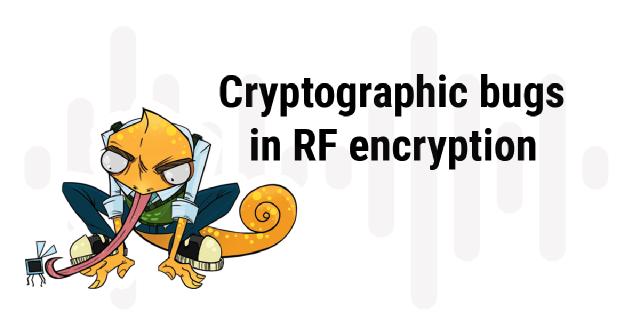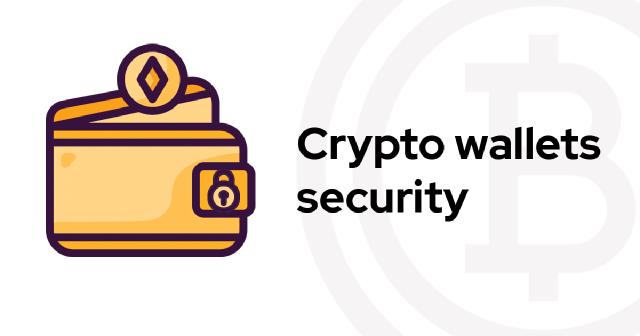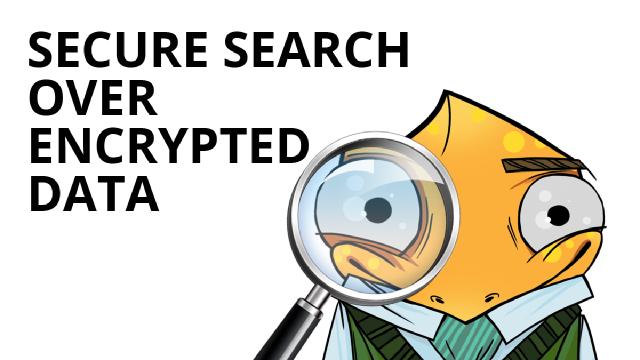Moving to OpenSSL 1.1.0 — How We Did It
This article was published in 2018 about R&D work, which resulted in stable production release of Themis that now uses OpenSSL 1.1.1g If you’re a developer and you’re dealing with cryptography for your app, consider using high-level cryptographic libraries like Themis instead of OpenSSL. No need to struggle with OpenSSL if your goal is to protect users’ data. Moving to OpenSSL 1.1.0 Besides introducing breaking changes through abandoning backward compatibility on x64 systems, the recent version of Themis (Themis 0.
2017 at Cossack Labs
Stats This was an eventful year for Cossack Labs! According to our GitHub stats, in 2017 we: made 1200 commits into master branches; merged 260 PRs; accumulated 444 new stars. Products and releases We picked a weird, but hopefully auspicious habit of releasing stuff on holidays or 13th days of the month (preferably Fridays :) or Mercury retrograde periods: Acra Acra’s public release took place on the 8th of March.
Happy Holidays from Cossack Labs!
Season’s greetings and all kinds of good things in the New Year! – With 🔒 from Cossack Labs!
Auditable Macros in C Code
Intro Like death and taxes, one thing that you can be sure of is that using C macros in a modern software project will cause a debate. While for some macros remain a convenient and efficient way of achieving particular programming goals, for others they are opaque, introduce the unnecessary risk of coding errors, and reduce readability. The criticism of macros is particularly acute in the wider security community. Among Cossack Labs’ engineers and the core Themis crypto library contributors there are people who previously worked on auditing cryptographic implementations of critical code.
Replacing OpenSSL with Libsodium
This article was published in 2017 about R&D work, which resulted in stable production release of Themis. Intro In our ongoing effort to make Themis work with different cryptographic backends, we've decided to try something more challenging than just displacing similar primitives. This time we decided to make Themis work on Daniel J. Bernstein’s cryptography, as it is introduced in NaCl. What if one day it turns out that Daniel Bernstein’s assumptions about the rest of the world are correct, and everybody else is a lunatic?
Replacing OpenSSL with BoringSSL in a Complex Multi-Platform Layout
This article was published in 2017 about R&D work, which resulted in stable production release of Themis that uses BoringSSL as one of crypto-engines. If you’re a developer and you’re dealing with cryptography for your app, consider using high-level cryptographic libraries like Themis instead of BoringSSL. No need to struggle with BoringSSL if your goal is to protect users’ data. Intro In Themis, we use industry-recognized implementations of cryptographic algorithms that come from OpenSSL/LibreSSL packages.
Importing with ctypes in Python: fighting overflows
Introduction On some cold winter night, we've decided to refactor a few examples and tests for Python wrapper in Themis, because things have to be not only efficient and useful, but elegant as well. One thing after another, and we ended up revamping Themis error codes a bit. Internal error and status flags sometimes get less attention than crypto-related code: they are internals for internal use. Problem is, when they fail, they might break something more crucial in a completely invisible way.
Plugging leaks in Go memory management
Intro As many of you know, Go is an amazing modern programming language with automated memory management. We love Go: we've used it to build Acra, our database encryption suite, we further use it to build other products. Not being extremely fancy, Go is practical and efficient and is a way to get things done in a reasonable timeframe. Sometimes, even in the age of modern, garbage-collected languages, with their own great profiling tools and well-thought memory management style, you'll still have to dust off old good valgrind to understand what's going on.
2016 at Cossack Labs
Bright and full of new 2016 year insensibly came to an end. Writing good software is hard: absorbed in developing our main products, closed a testing round of Acra (all hail the braves who dedicated an immense amount of time giving us feedback), we’ve spent most of the year undercover. Now that we’ve shown first cues to the open public, revelatory moments are closer than ever. This year we’ve put a lot of effort into helping Themis users understand how to better use Themis and how to build stronger apps:
13 tips to enhance database and infrastructure security
Article updated in 2019. Previously in the series... Previously, we’ve talked about design patterns best practices in backend security, then about key management goals and techniques. It is important to understand that database security evolved with system administration techniques and programming demands, with cryptography and access controls being complementary features, rather than cornerstones. In classic designs, there are two important drawbacks: Trust tokens: they rely on storing trust tokens somewhere inside the infrastructure;


